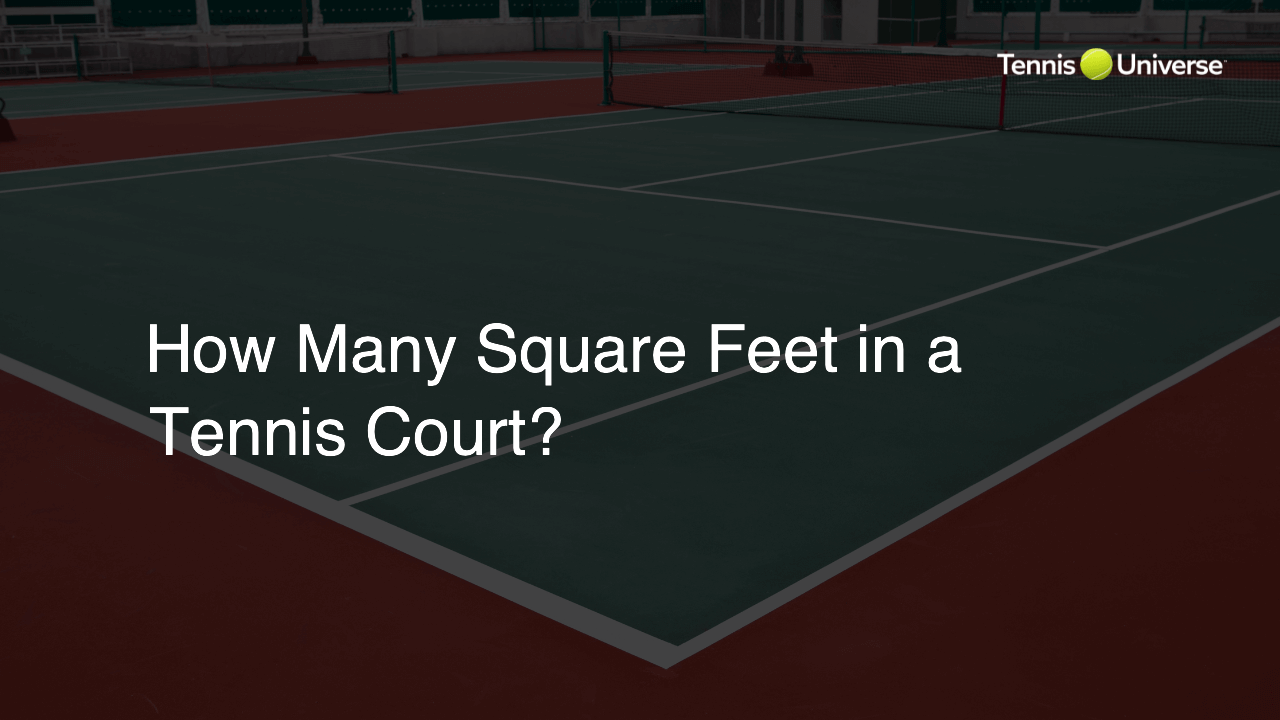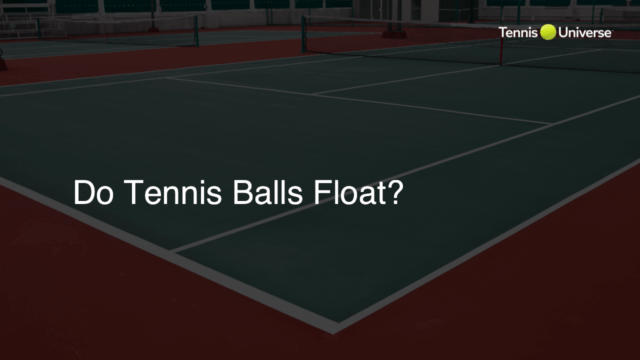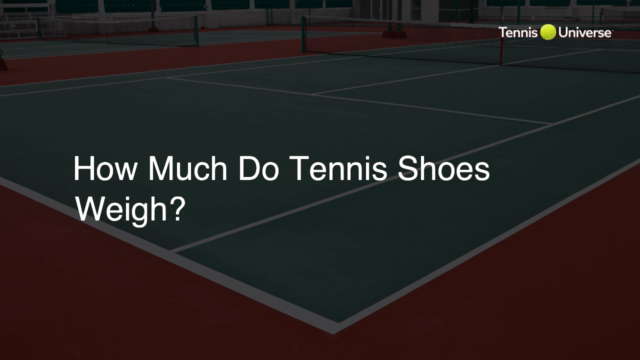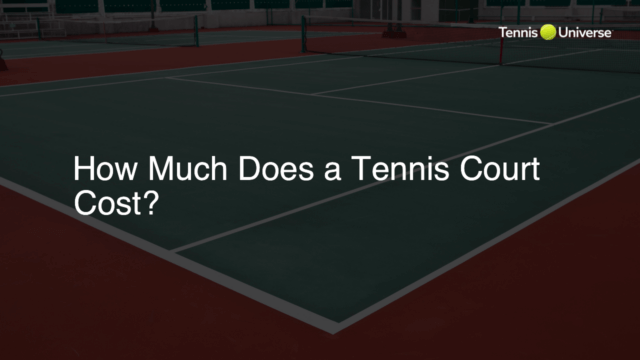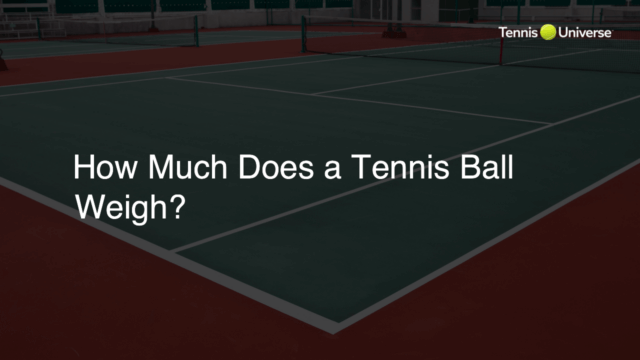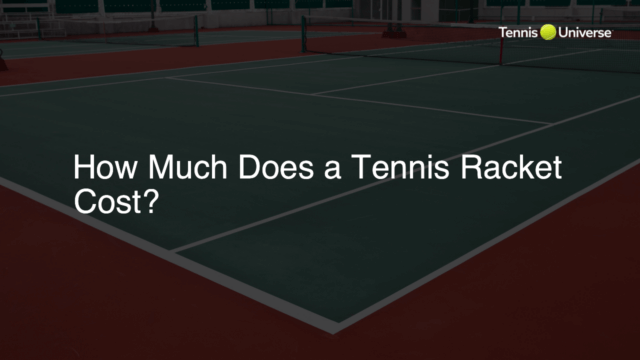A standard tennis court measures 2,808 square feet (78 feet long and 36 feet wide).
Standard Tennis Court Dimensions
When discussing the size of a tennis court, it’s important to understand the standard dimensions. A regulation tennis court measures 78 feet in length and 36 feet in width, which equals 2,808 square feet. However, this measurement includes doubles sidelines. For singles play, the width is reduced to 27 feet, yielding a total area of 2,106 square feet.
Size Variations Between Court Surfaces
There are three main types of tennis court surfaces: hard, clay, and grass. While the playing area’s dimensions are consistent across all surfaces, the court’s overall size, including the runoff area, may slightly vary. Regardless of the surface, the playing area will always equal either 2,808 square feet for doubles or 2,106 square feet for singles.
Optimal Tennis Racket for Each Court Size
It’s crucial to choose the right tennis racket to match the court size and playing style. For singles play on a narrower court, a lighter racket with greater maneuverability may be ideal. In contrast, doubles play on a full-size court may call for a slightly heavier racket for increased power.
Measuring Your Own Tennis Court
If you’re unsure about your tennis court’s size, measuring can easily be done using a tape measure. Start by measuring the total length from one baseline to the other and then measure the width from doubles sideline to doubles sideline (for doubles play) or from singles sideline to singles sideline (for singles play). Multiply these dimensions to get the total area in square feet.
Understanding Tennis Court Zones
While knowing the total area of a tennis court is useful, Breaking down the court into different zones can also improve your understanding of the game. A standard tennis court is divided into several areas, such as the baseline, service boxes, alleys, and the net. Recognizing these zones and their role in gameplay will help you develop effective tennis tips and strategies to gain an advantage during matches.
Selecting the Right Tennis Shoes for Your Court
Given the varying surfaces and sizes of tennis courts, your footwear choice is essential for optimal performance. Each court surface demands specific attributes in a tennis shoe. For example, on a hard court, look for shoes with greater durability and shock absorption. In contrast, clay court shoes should offer sufficient grip and lateral support. Grass court shoes should have good traction and adaptability to uneven surfaces.
Maintaining Your Tennis Court
Proper maintenance of your tennis court’s surface plays a crucial role in its durability and playability. Depending on the court surface type, there are various maintenance practices you should follow. For hard courts, this includes regular sweeping, filling cracks, and keeping the surface clean. Clay courts require watering, regular rolling, and redistribution of clay material. Grass courts need specific watering, mowing, and fertilization schedules, as well as pest control measures.
Maximizing Your Tennis Experience
Being familiar with the square footage of a tennis court can enhance your experience through better equipment selection and deeper knowledge of tennis tips and strategies. Continually enhancing your understanding of the game will lead to improved performances and a more enjoyable experience both on and off the court.
Frequently Asked Questions
The following FAQ section aims to address common questions readers might have after reading this blog post about the square footage of a tennis court and various related topics.
What is the size of a tennis court for singles play?
A tennis court for singles play measures 78 feet long and 27 feet wide, resulting in a total area of 2,106 square feet.
What is the size of a tennis court for doubles play?
A tennis court for doubles play measures 78 feet long and 36 feet wide, resulting in a total area of 2,808 square feet.
Are there different sizes for different types of tennis court surfaces?
No, the playing area’s dimensions are consistent across all types of tennis court surfaces. However, the runoff area size might slightly differ between hard, clay, and grass courts.
How can knowing the tennis court size help improve my game?
Understanding the court size can assist you in adapting your playing style, choosing the right equipment, and better appreciating game strategies, ultimately aiding in your overall performance.
How do I determine the appropriate tennis shoes for each court surface?
Ensure your tennis shoes cater to each court surface’s specific demands: durability and shock absorption for hard courts, grip and lateral support for clay courts, and good traction and adaptability on uneven surfaces for grass courts.

